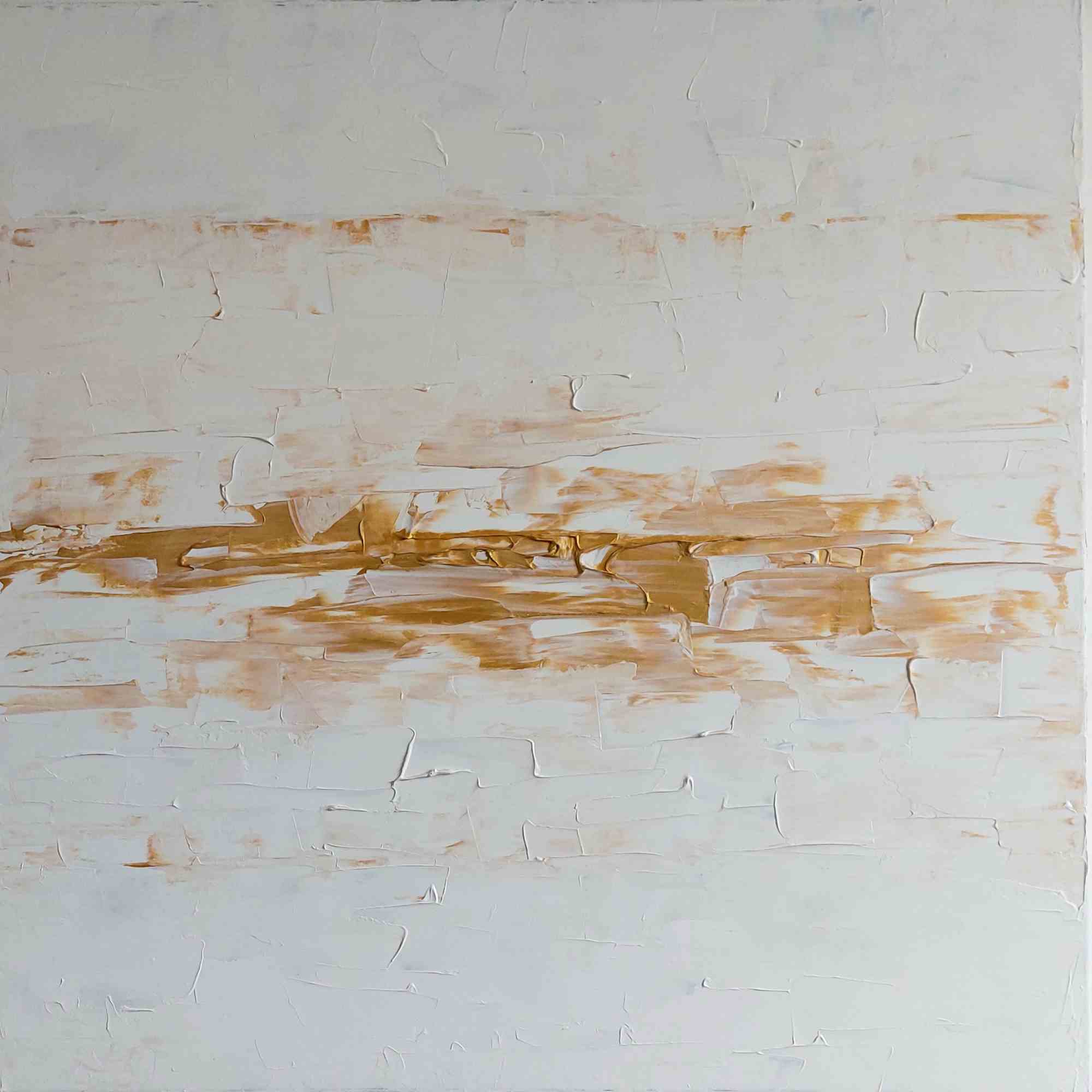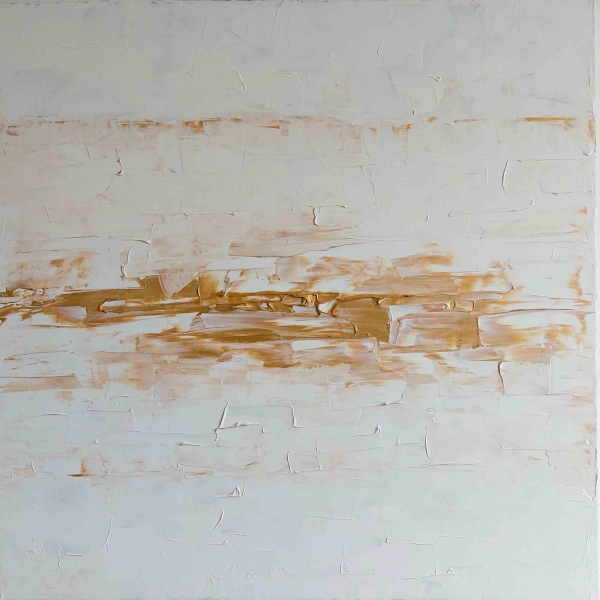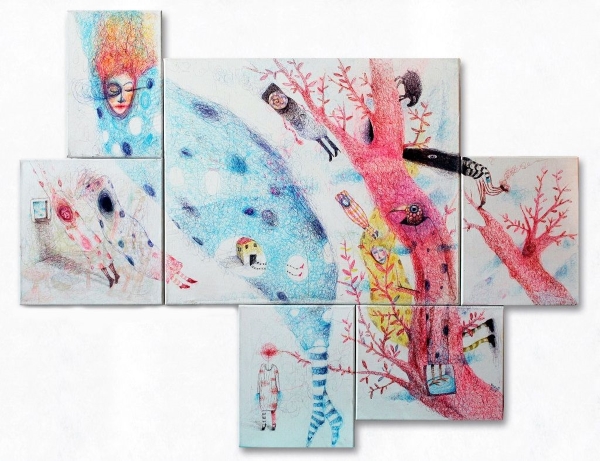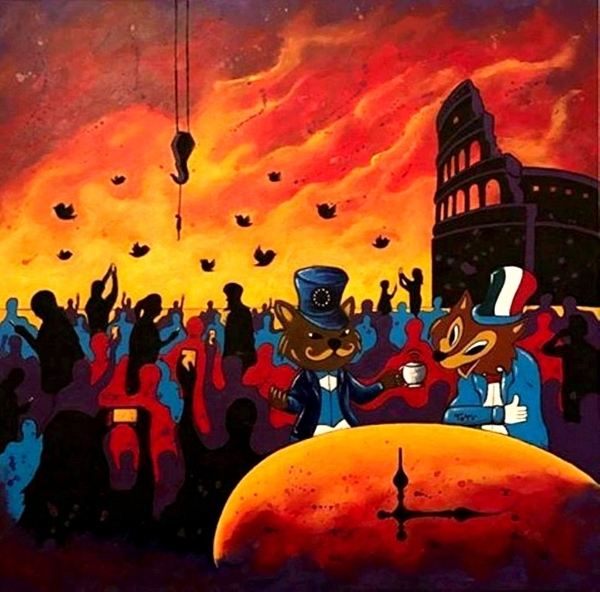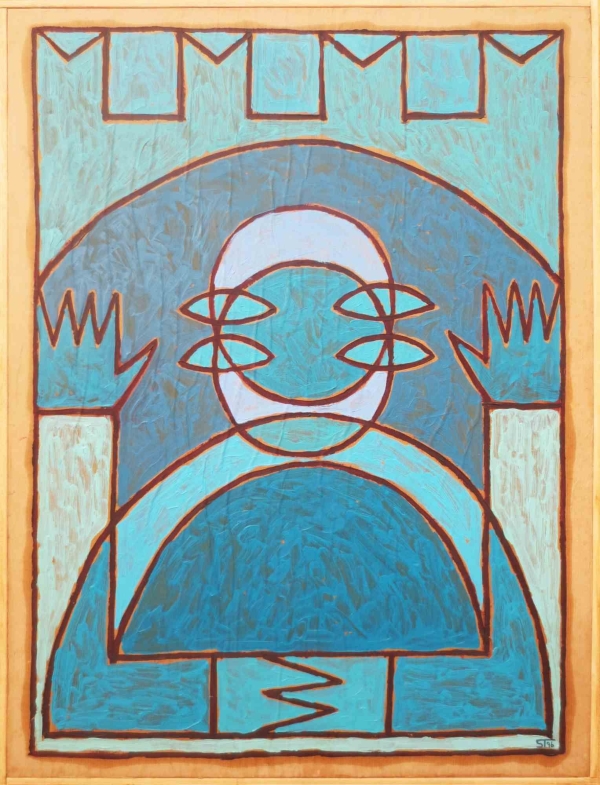
Surrealism’s Enduring Influence on Contemporary Artists
Surrealism continues to cast its spell over contemporary artists today. Led by the visionary André Breton in the early 20th century, Surrealism sought to explore the unconscious mind, dreams, and the bizarre, opening the doors to a world of imagination, symbolism, and juxtaposition. Though nearly a century has passed since its inception, Surrealism’s impact can still be witnessed in the works of numerous contemporary artists who carry the torch of this enigmatic movement.
This article delves into the enduring influence of Surrealism on the art world, examining how contemporary artists continue to draw inspiration from its concepts, techniques, and themes.
Juxtaposition and Unexpected Combinations
One of the hallmark features of Surrealism is the juxtaposition of unrelated objects or ideas to create a startling effect. Contemporary artists have embraced this technique, merging incongruous elements in their artworks to provoke thought and evoke emotions. By blending the real with the unreal, the known with the unknown, these artists challenge conventional thinking and invite viewers to question their perceptions of reality.
EMPHI, pseudonym of Mattia Pischedda, perfectly embodies these characteristics. His art has the main purpose of eliciting the strongest emotions through simple compositions characterized by a few recurring elements/themes, all in the most total disinterest in any message/meaning.
The Exploration of the Unconscious
Surrealism was deeply rooted in the belief that the unconscious mind held untapped creative potential. Contemporary artists have continued to explore this concept, delving into their own subconscious to extract powerful imagery and ideas. Drawing from techniques like automatism, which involves creating art without conscious control, contemporary artists channel their innermost thoughts and emotions onto the canvas, creating a dialogue between the conscious and subconscious realms.
Meriem Delacroix at the age of 26 she was told she had synesthesia. Synesthesia is a rare neural cross-wiring of the senses, and people who are affected by it see colors, patterns, and textures when they hear sound and music, when they smell a perfume and when they taste or touch something. Thanks to synesthesia Delacroix can create art without conscious control.
Dreams and Fantastical Worlds
Dreams have always been a significant source of inspiration for Surrealist artists. Salvador Dalí, for instance, famously depicted dreamscapes in his works, blurring the lines between the waking world and the unconscious realm. Contemporary artists continue to explore this theme, creating mesmerizing and otherworldly environments that transport viewers to the realm of the fantastic and the surreal. Through their art, they invite audiences to embark on a journey through the depths of their imagination.
Kezia Terracciano, a.k.a. KEZIAT, from 1996 to 2008 made mainly pictorial works on canvas. During the same years she also drew numerous comics and illustrations. From 2009 she began a series of drawings made in pen on large surfaces of paper or canvas with which she explores fantastic worlds.
Social and Political Commentary
While Surrealism initially emerged as an artistic movement, it soon evolved into a platform for social and political commentary. Artists like René Magritte used surreal imagery as a means to criticize society and its norms subtly. In the contemporary art scene, this tradition persists, with artists employing Surrealist elements to challenge contemporary issues, question authority, and highlight societal injustices. The potent symbolism of Surrealism remains an invaluable tool for voicing dissent and sparking dialogue.
Salvatore Petrucino, is an example of this characteristic, he uses surreal imagery to critique society, in fact, there are references to culture, particularly Italian culture, in his works.
Psychological and Philosophical Depth
Surrealism often delves into the realms of psychology and philosophy, probing the human psyche and exploring existential questions. This intellectual depth remains attractive to contemporary artists who seek to convey more than just visually striking images. By infusing their works with layers of meaning and symbolism, these artists prompt viewers to contemplate the complexities of the human condition and the mysteries of existence.
Salvatore Travascio exemplifies these characteristics; he has produced series of works where the human figure is at the height of its stylization, figures one inside the other or intersecting with each other.
Surrealism’s impact on contemporary artists is undeniable. Its legacy persists in the unyielding exploration of the unconscious, the fascination with dreams and the fantastical, the use of juxtaposition to provoke thought, and the power to convey profound social and philosophical messages. As long as artists continue to look beyond the limits of reality and embrace the boundless realms of imagination, Surrealism will remain a wellspring of inspiration, enriching the art world with its enduring influence. Whether in painting, sculpture, photography, or digital media, the surreal spirit continues to captivate and enthrall both artists and their audiences, bridging the gap between the tangible and the intangible in a timeless dance of creativity.
Market trends
In recent years, Surrealism has experienced a remarkable resurgence in the international art markets, marked by a significant uptick in both trade volume and the appreciation of artworks. This revival is attributed to the enduring fascination with the movement’s dreamlike, enigmatic, and thought-provoking aesthetic.
Two artists who have played a pivotal role in this renewed interest are Marc Chagall and Joan Miró. Chagall‘s whimsical and often emotionally charged paintings, often infused with dreamlike narratives, have garnered renewed attention from collectors worldwide. His distinct use of color and symbolism continues to captivate art enthusiasts, driving both the demand and value of his works.
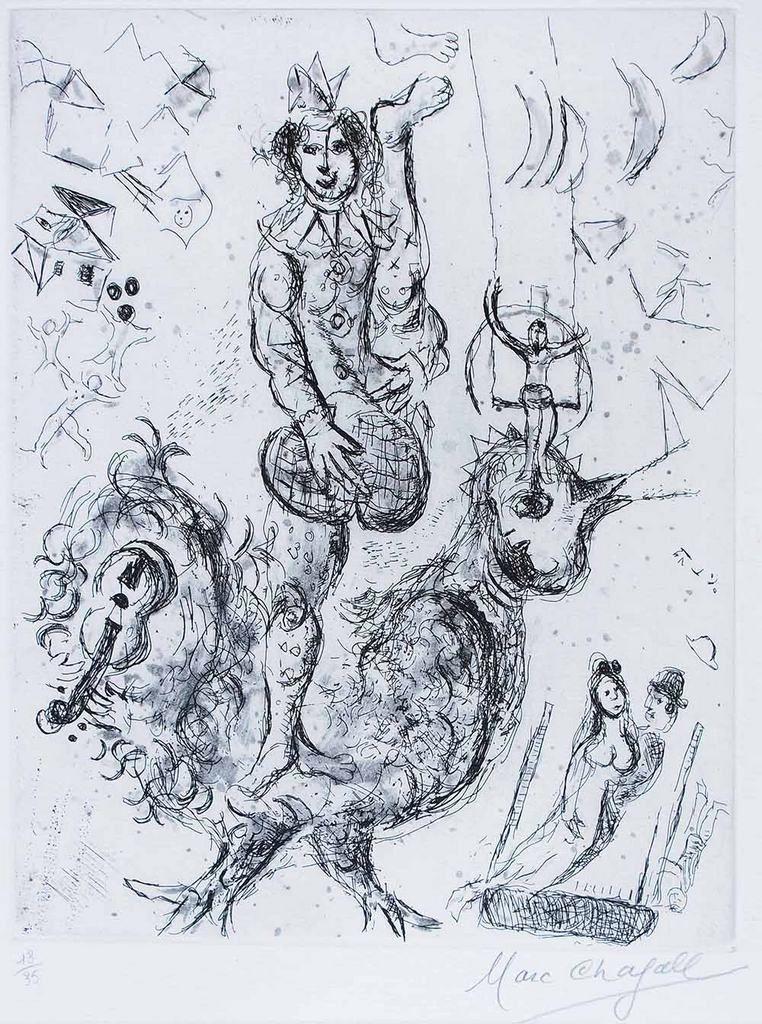
Similarly, Joan Miró‘s abstract and surreal creations have also seen a surge in popularity. His distinctive blend of geometric forms, playful symbolism, and vivid colors create a unique visual language that remains relevant in contemporary art. This renewed interest in Miró’s work has been a significant driver of the Surrealist resurgence.
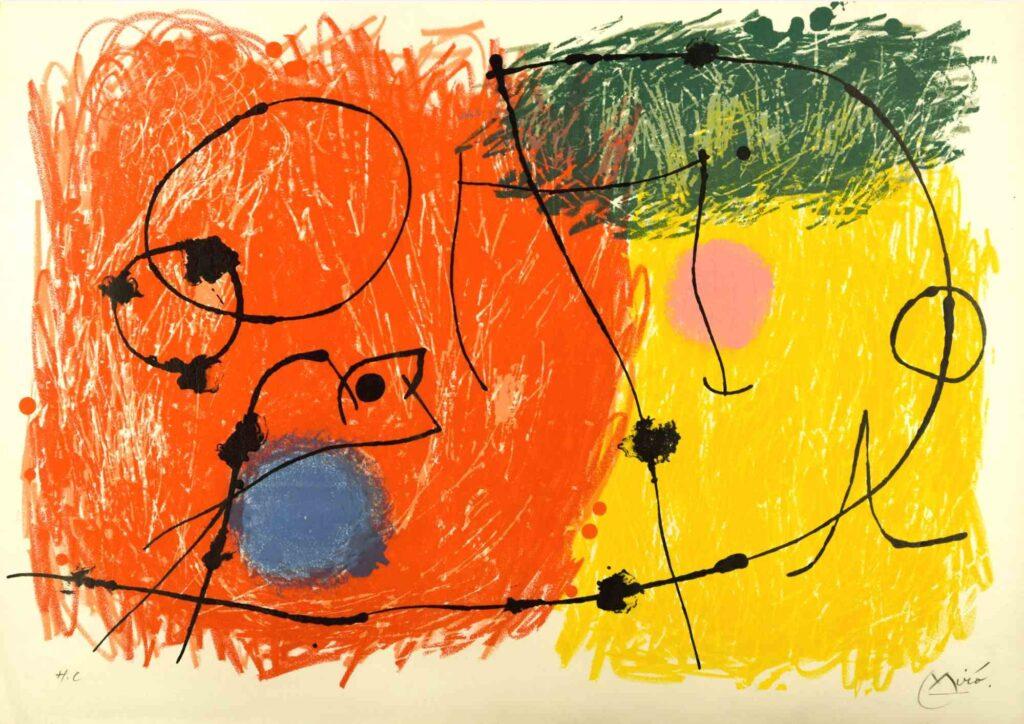
Related artworks
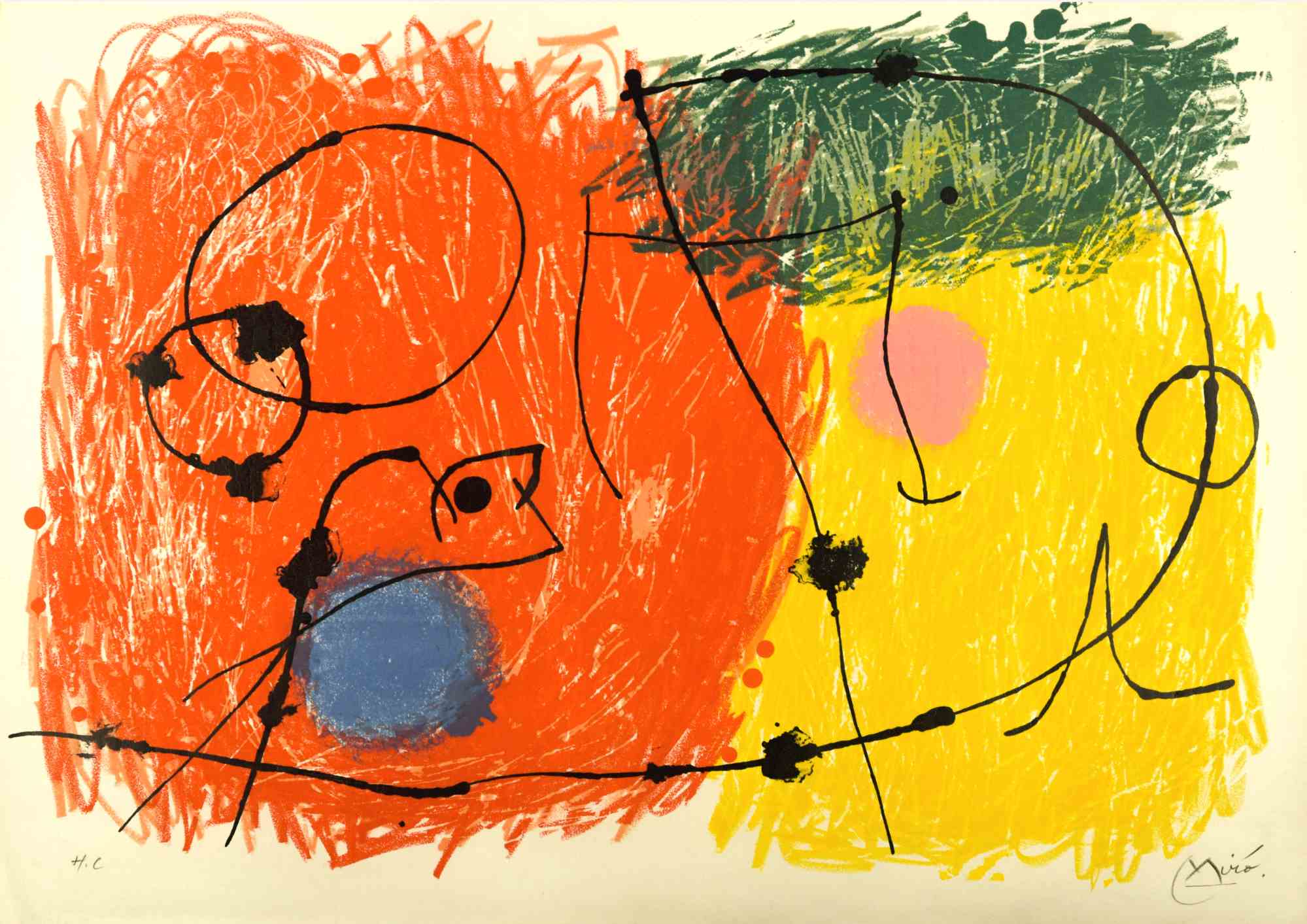
Le Lézard aux Plumes d'Or
Joan Mirò
Lithograph
14500€
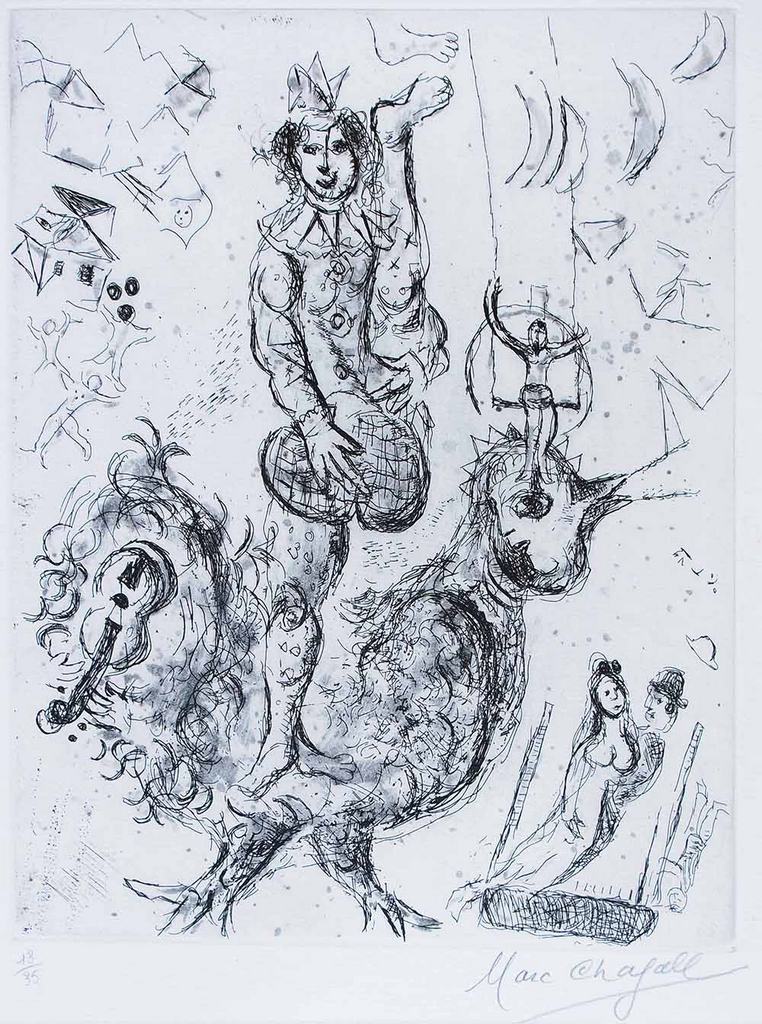
Le Clown Acrobate
Marc Chagall
Etching
13800€
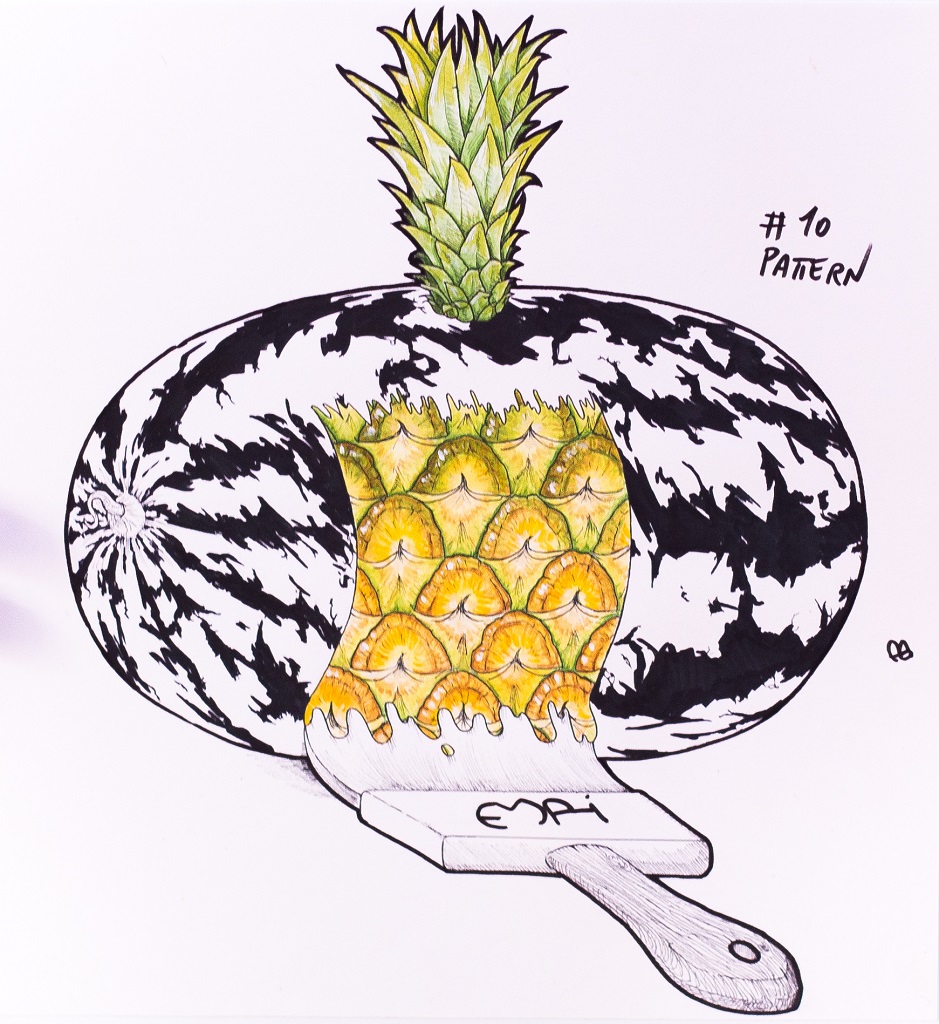
Pattern
EMPHI
388€
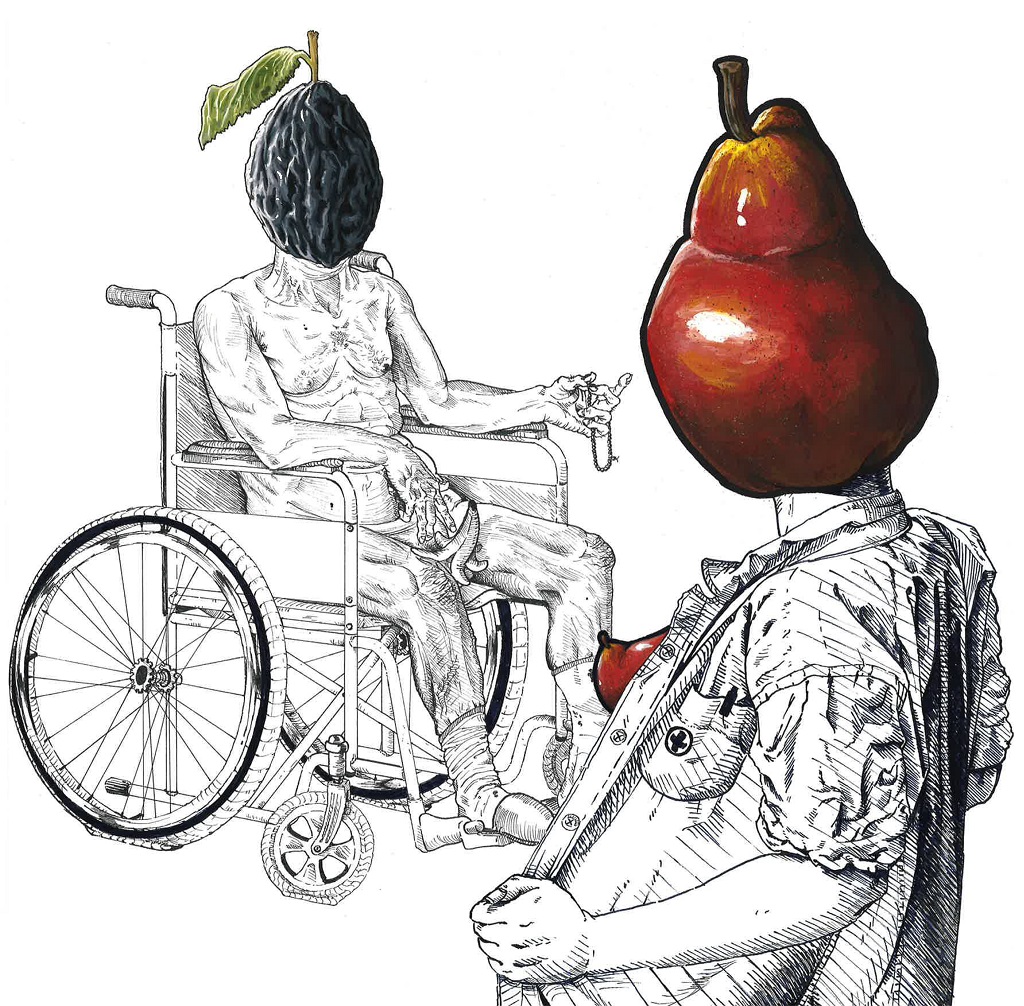
Jam
EMPHI
475€
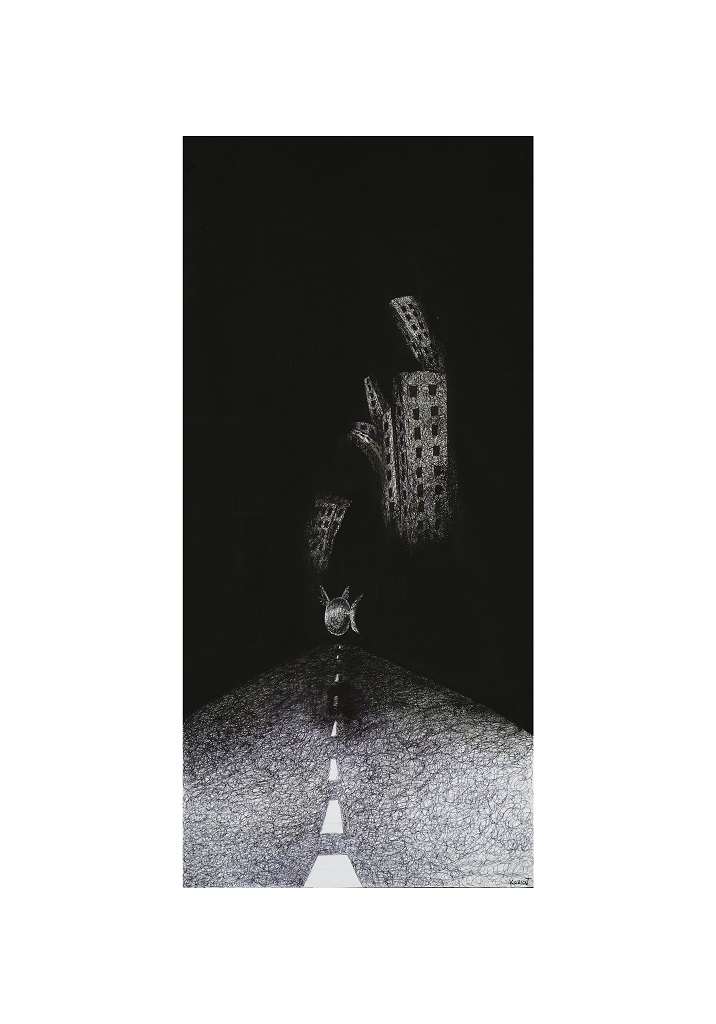
The Journey
KEZIAT
Drawing-Ink
600€
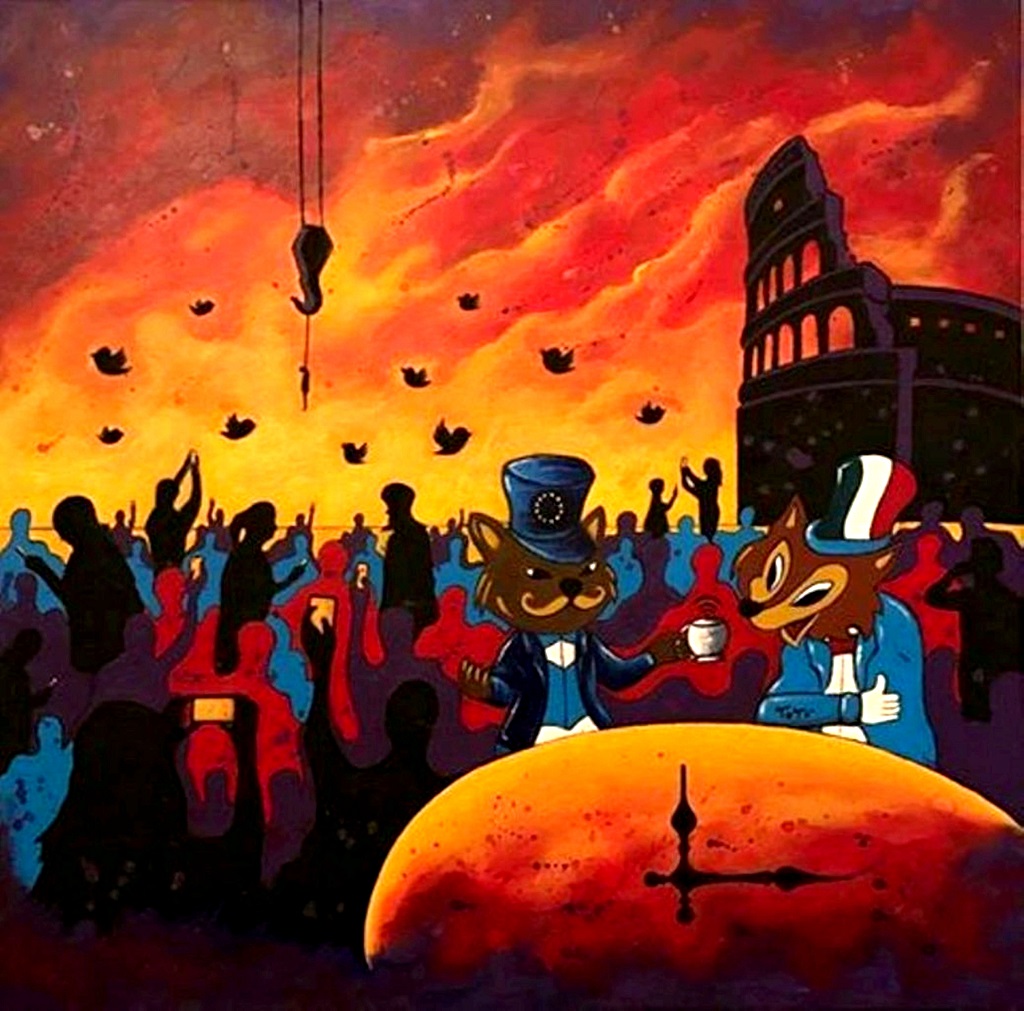
XXI Century
Salvatore Petrucino
Acrylic
825€
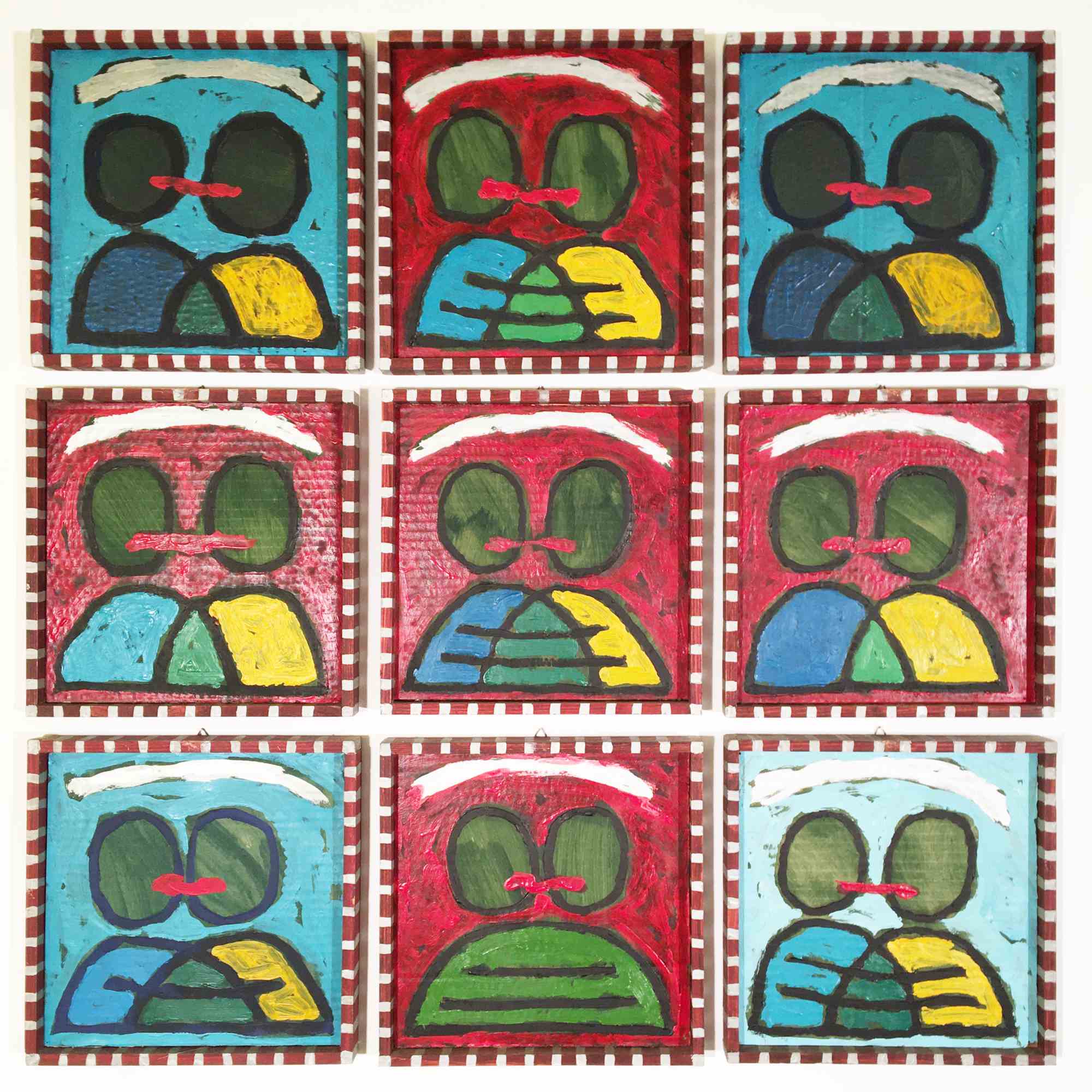
A Kiss, a Kiss, Still another Kiss 1
Salvatore Travascio
Oil Painting
1900€
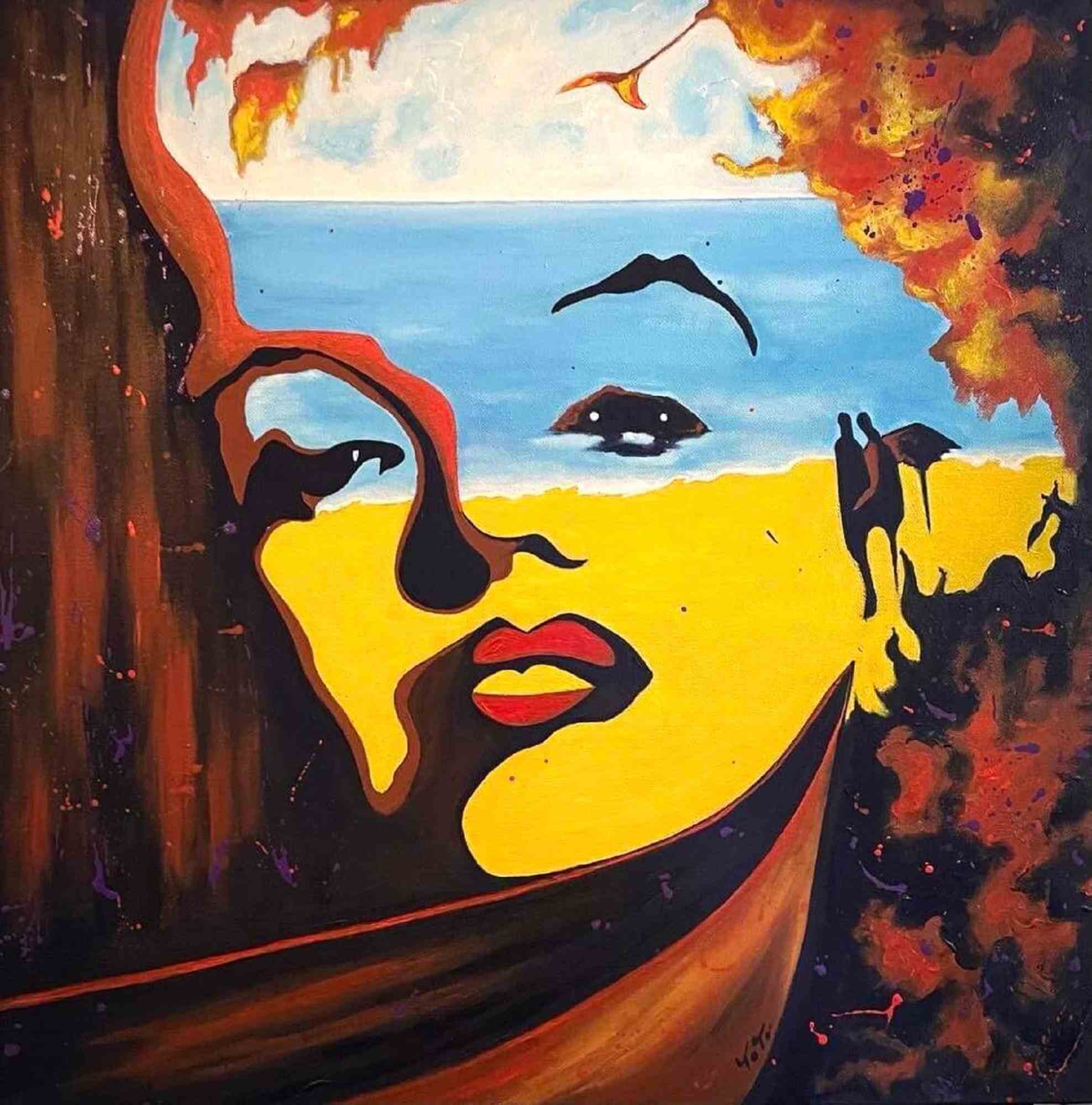
Surreal Marilyn
Salvatore Petrucino
Acrylic
1500€
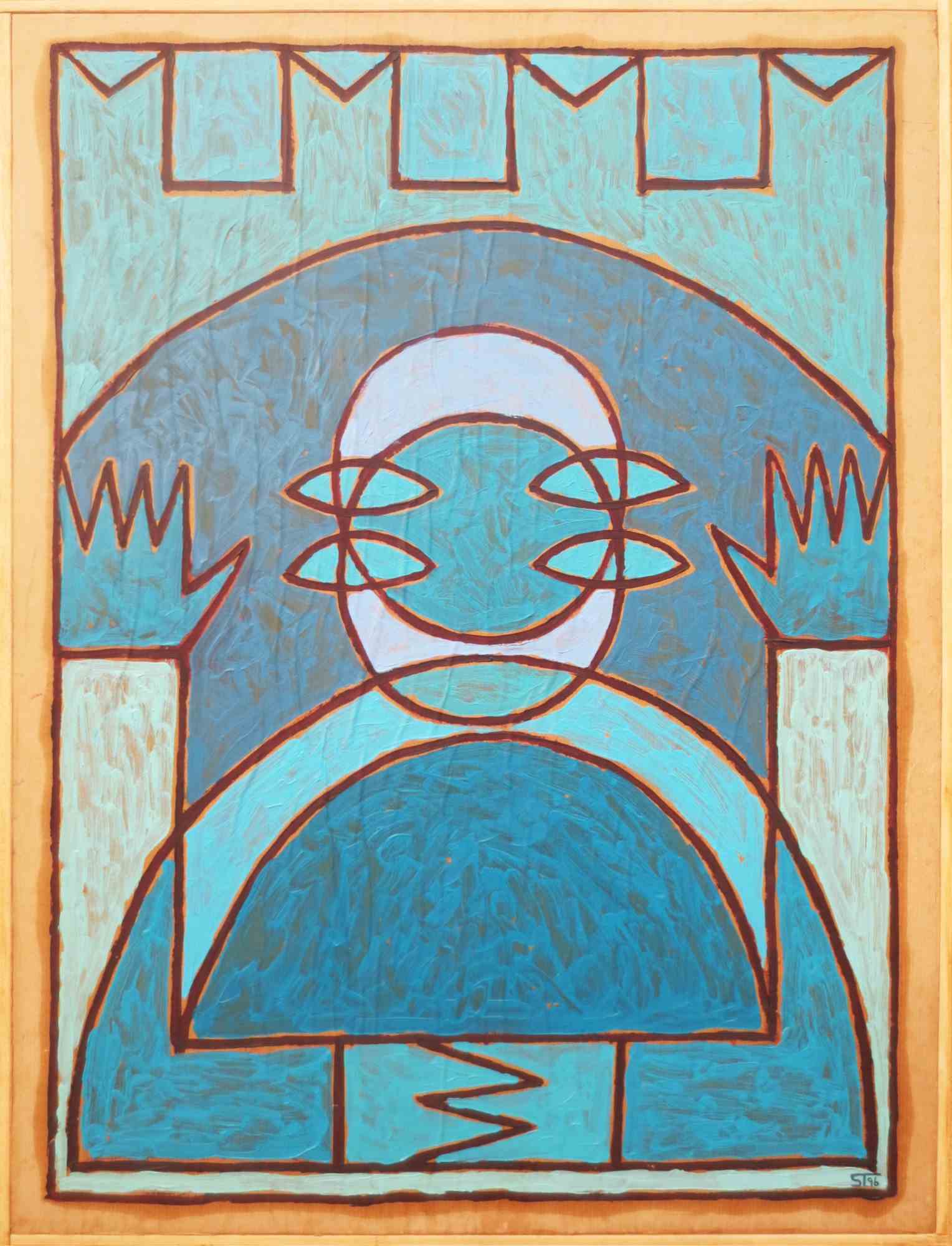
Double
Salvatore Travascio
Oil Painting
1200€
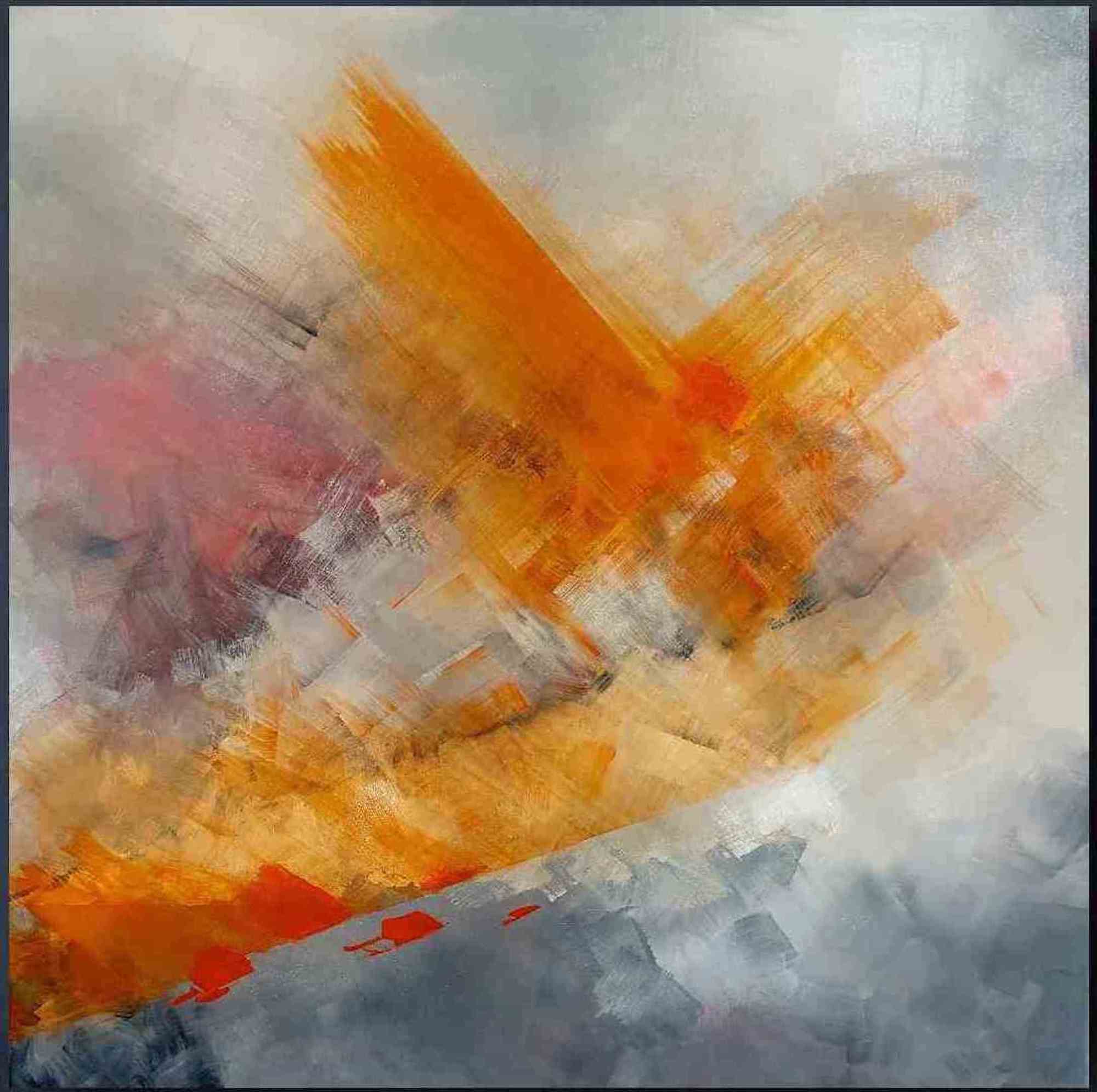
Apricity
Meriem Delacroix
Mixed Media
2400€
